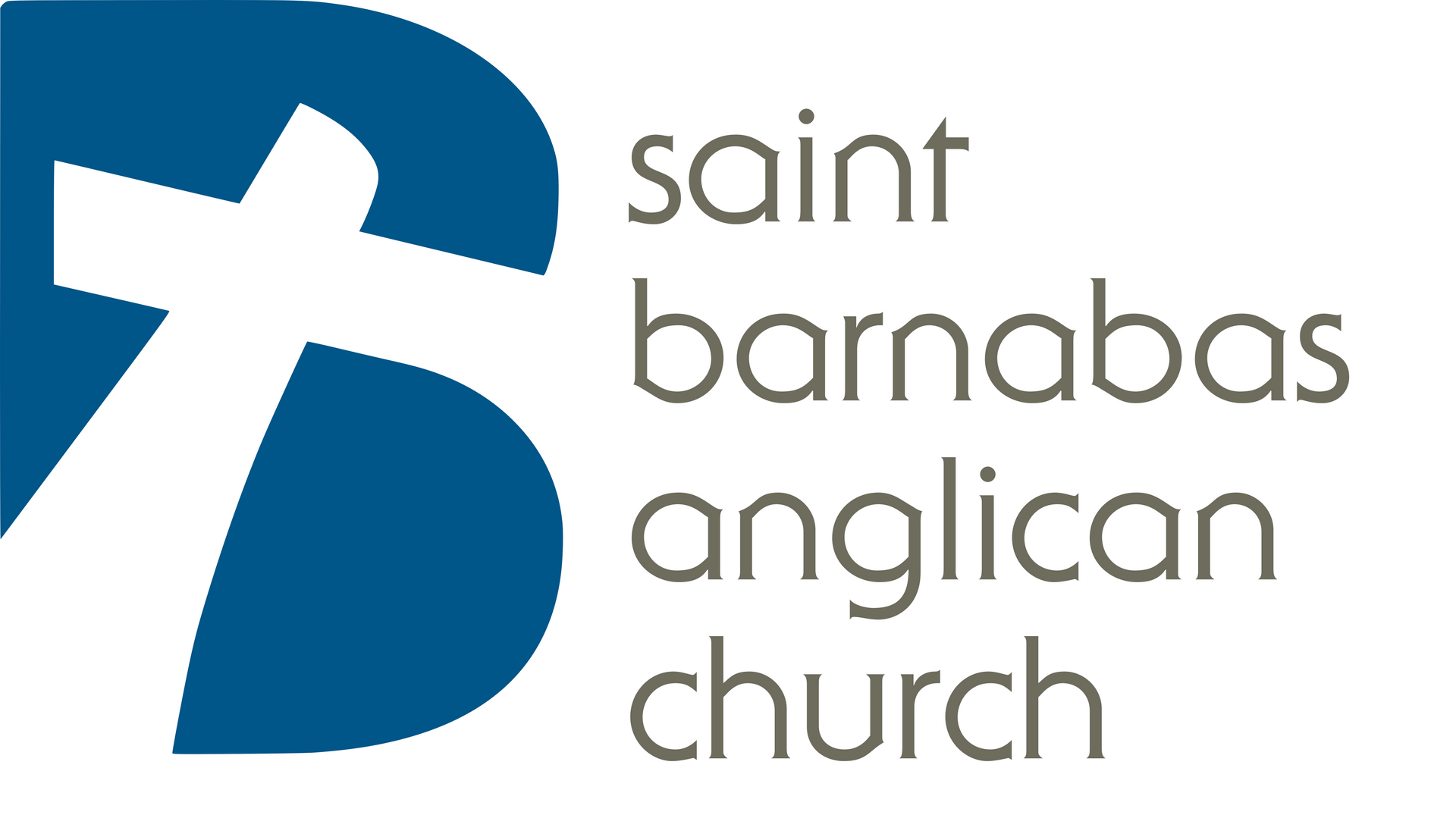Asking Why - Why do you have painted pictures of the saints on the walls of the church? Isn't that idolatry?
This series of articles will cover a number of topics addressing various practices we have within Anglicanism. Many broad questions will be tackled, however if you have a specific question, please email me at andrew.petta@gmail.com.
Why do you have painted pictures of the saints on the walls of the church? Isn't that idolatry?
The painted pictures in the church are called icons, a Greek word meaning image. Icons represent Jesus, various saints, or scenes from scripture.
History indicates that they were part of early Christian practice dating back to the first century. According to The Catholic Encyclopedia, "The idea that the Church of the first centuries was in any way prejudiced against pictures and statues is the most impossible fiction."
Icons were primarily used for two purposes: to teach and to honor. St. Gregory, the Dialogist, (Pope of Rome ca. 590-604, during the time of the unified Church) spoke of icons as being scripture to the illiterate.
He wrote, "For what writing presents to readers, this picture presents to the unlearned who behold, since in it even the ignorant see what they ought to follow; in it the illiterate read" (Epistle to Bishop Serenus of Marseilles, NPNF 2, Vol. XIII, p. 53).
Icons were quite ornate and intricate, drawing the viewer into contemplation and reflection. In fact, each of the colors used in icons are representative of different Biblical themes (i.e. heaven, glory, etc). The early Christians, who lived amidst pagan practices, were cautious not to allow such customs into Christian devotion.
The Catholic Encyclopedia notes that early Christians' "monotheism, their insistence on the fact that they serve only one almighty unseen God, their horror of the idolatry of their neighbors, the torture and death that their martyrs suffered rather than lay a grain of incense before the statue of the emperor's numen are enough to convince us that they were not setting up rows of idols of their own.
On the other hand, the place of honor they give to their symbols and pictures, the care with which they decorate them argue that they treated representations of their most sacred beliefs with at least decent reverence."
The honor and instruction of these images later gave rise to devotional practices, especially among cultures in the East. The images were venerated, paid respect, with a kiss or bowing. These practices, among others, led some Western Christians to interpret such actions as worshipping of carved images. The issue was discussed in the final Ecumenical Council who held that the practice of veneration was different than that of worship.
One analogy that may help in the understanding of veneration by our Eastern brothers and sisters is that of our saluting a flag. They venerate or hold in esteem what is represented by the icon, just as we hold in esteem what the American flag represents.
It is not about the wood and paint any more than it would be about the cloth and dye in a flag. Rather, it is the recognition and acknowledgment of what is represented. In Anglicanism, the custom has been maintained as a devotional practice from the earliest days of the Christian faith. Some find icons helpful as a part of their devotion.
As St. John of Damascus wrote, "we are led by perceptible Icons to the contemplation of the divine and spiritual" (PG 94:1261a). The use of icons in the Church serve to encourage us to live in holiness and faithfulness as the saints who have gone before us.
Further reading:
orthodoxinfo.com/general/icon_faq.aspx
Robin Cormack, Byzantine Art (Oxford History of Art).
Jim Forest, Praying with Icons
"Veneration of Images." The Catholic Encyclopedia.
"Icon." Oxford Dictionary of the Christian Church, 3rd ed. (Oxford UP, 1997), p. 815.
http://www.fordham.edu/halsall/basis/nicea2.html (on the Seventh Ecumenical Council)
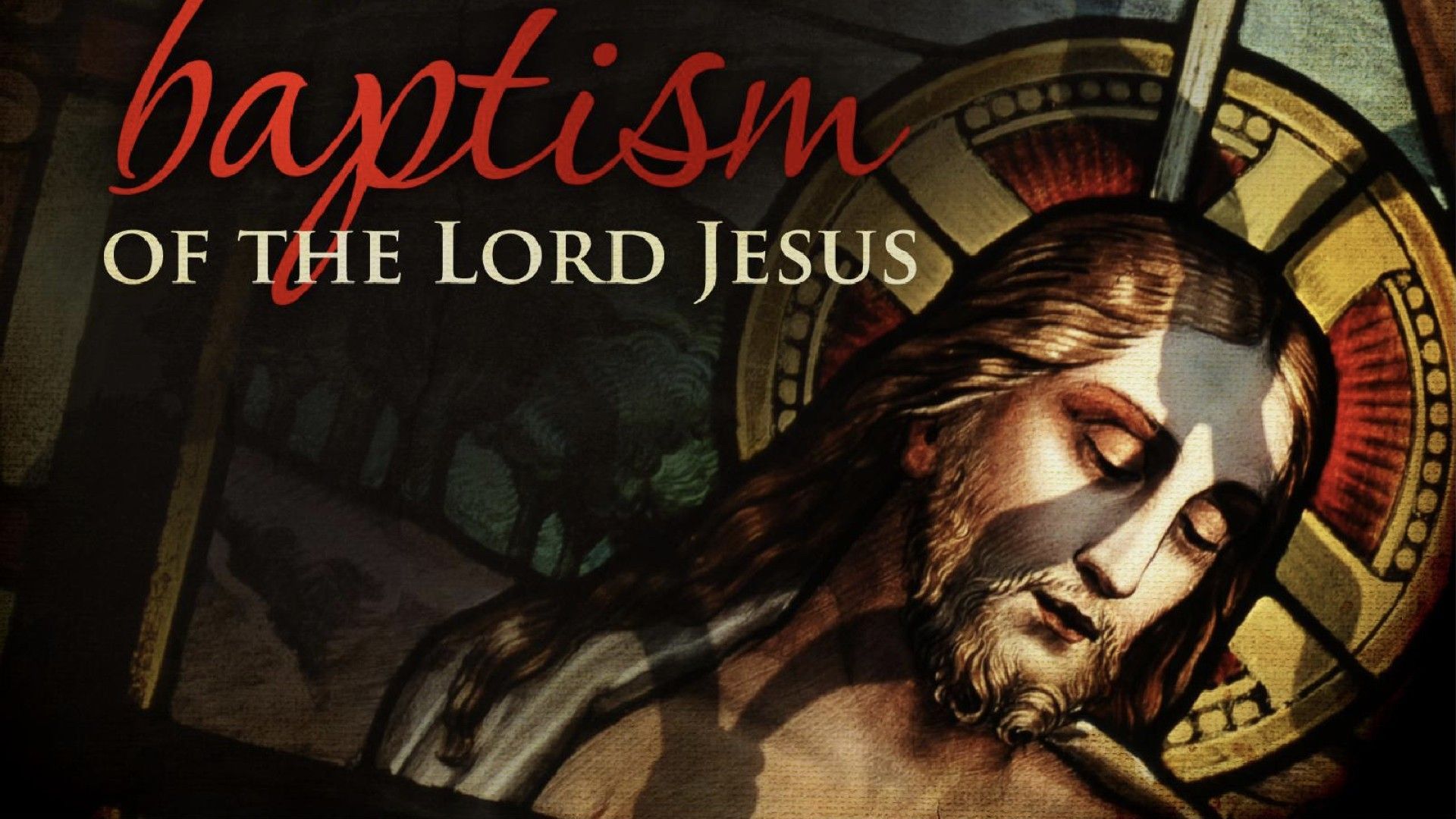
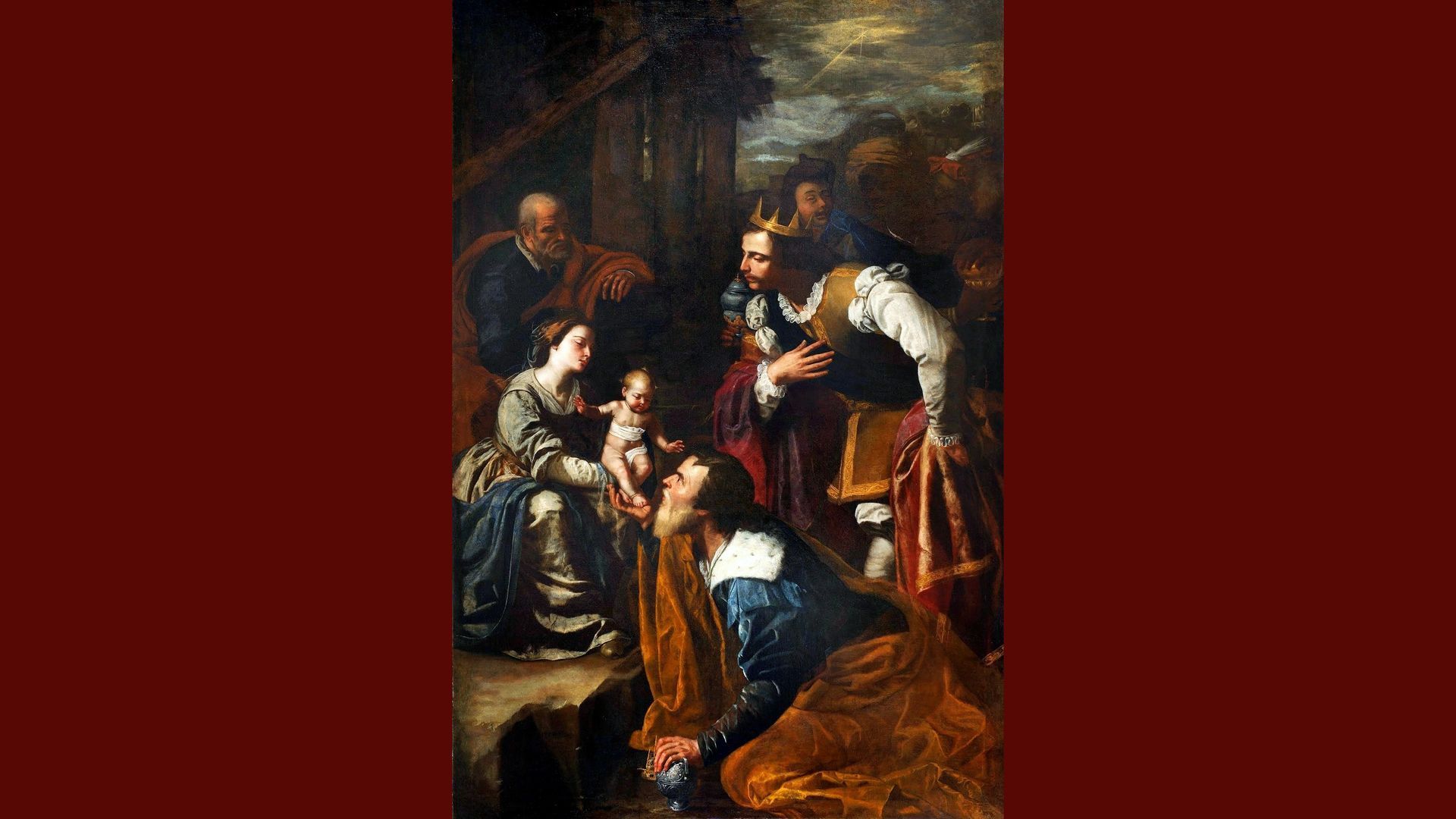





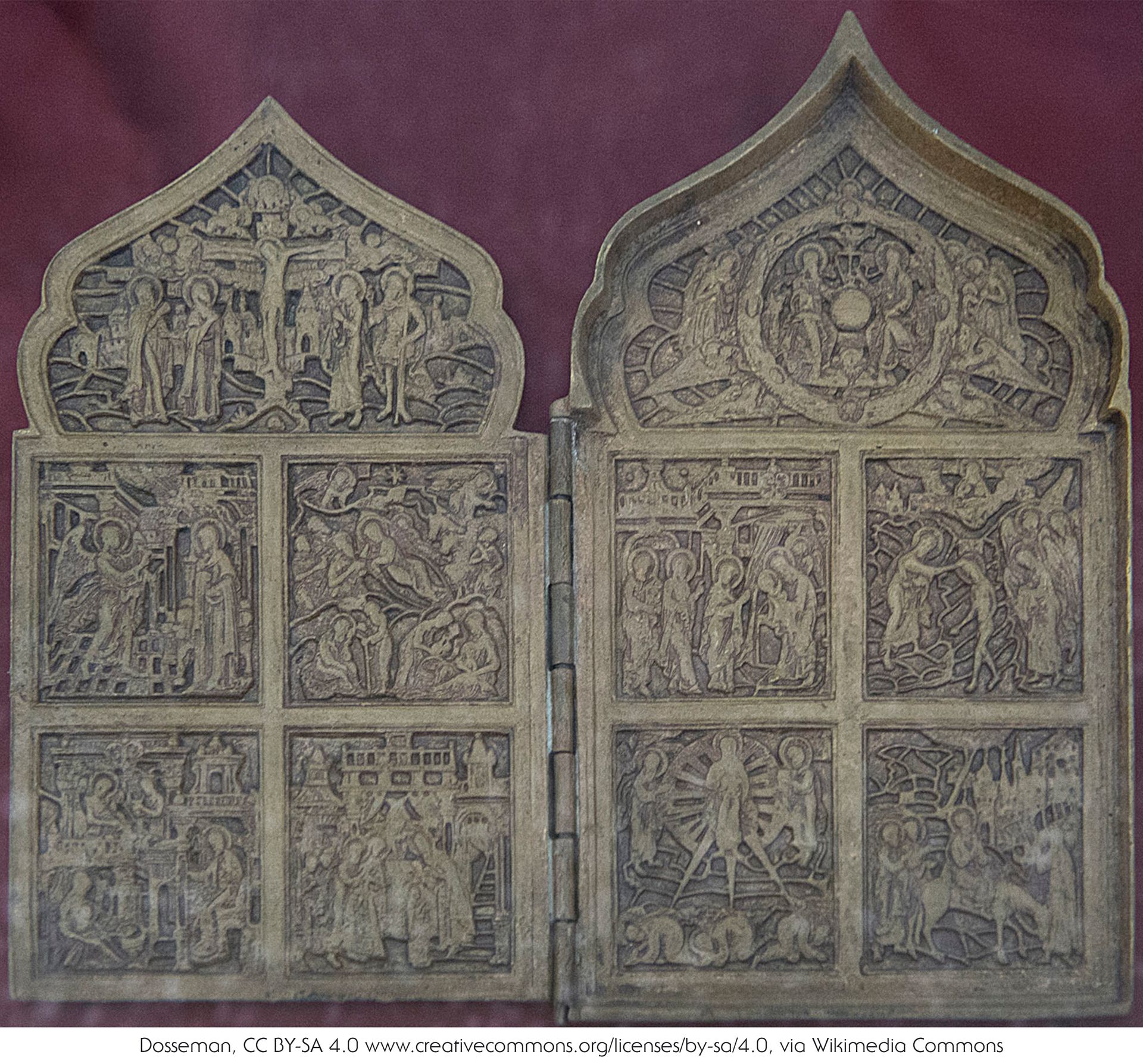

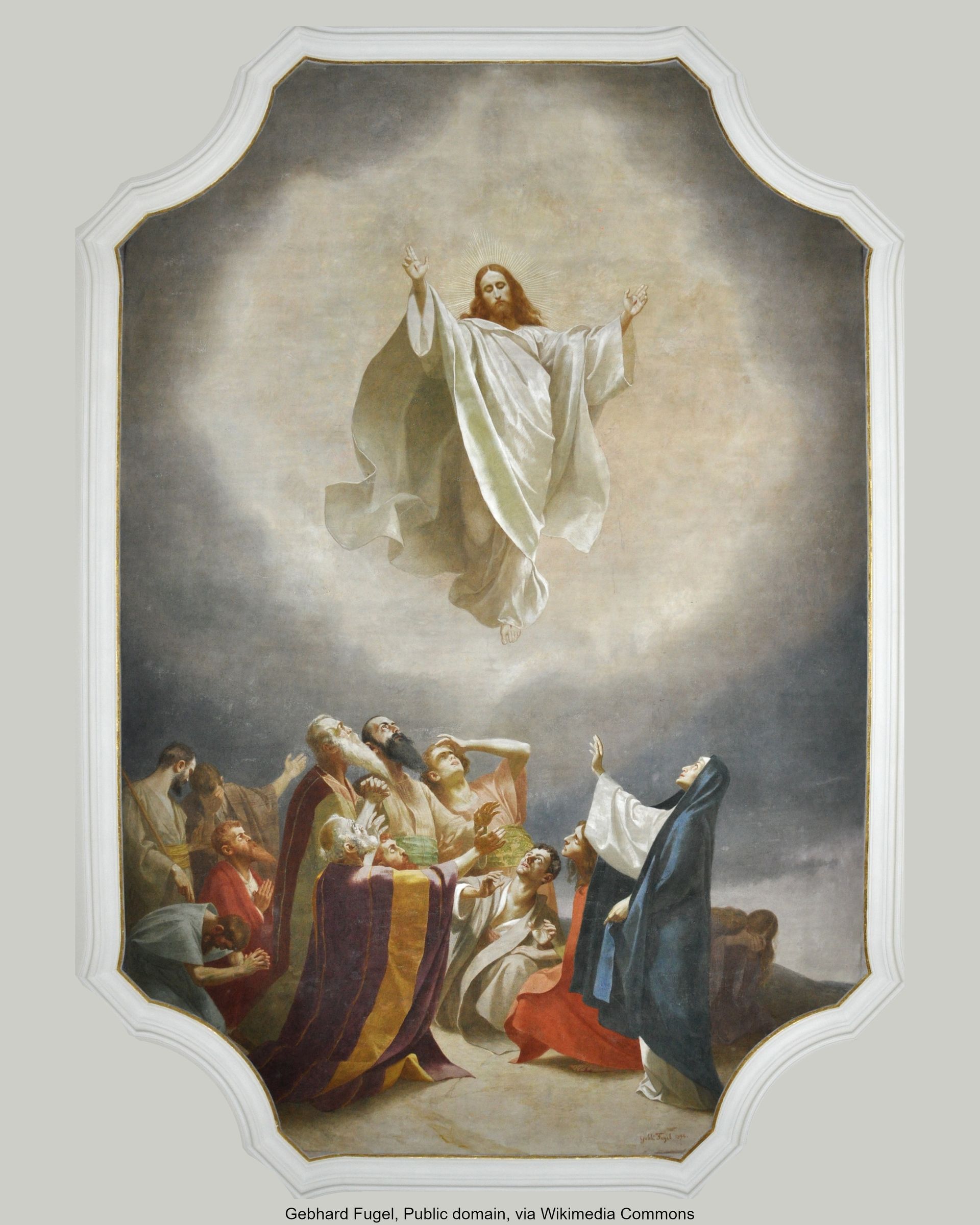
BROWSE OUR SITE
© Saint Barnabas Anglican Church Fort Worth


